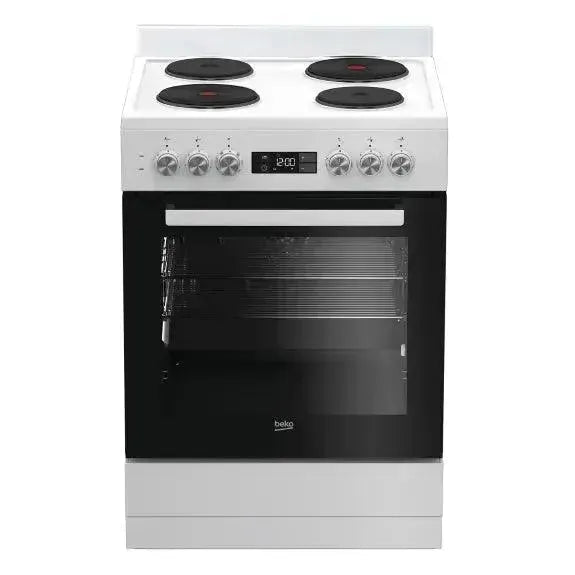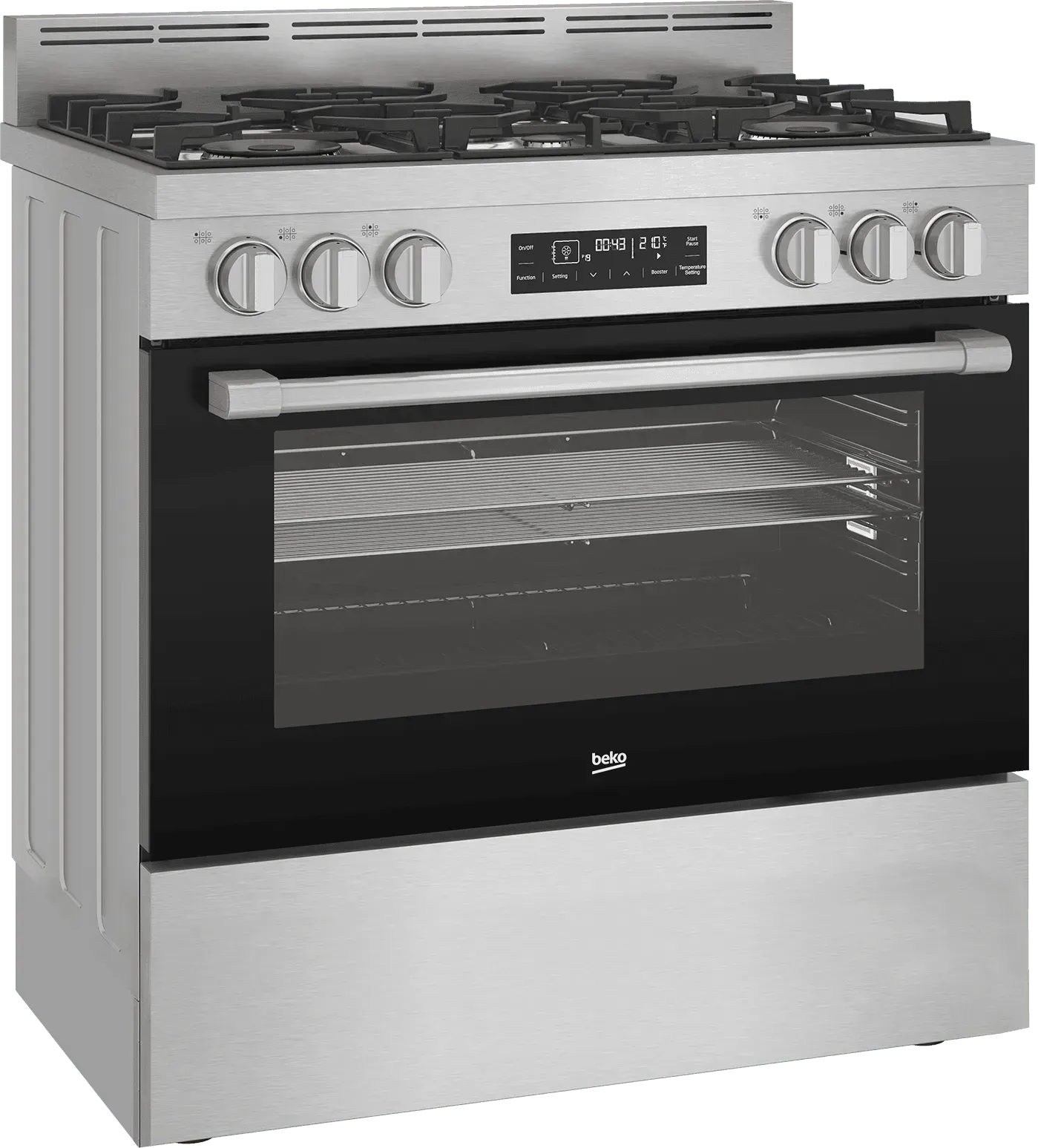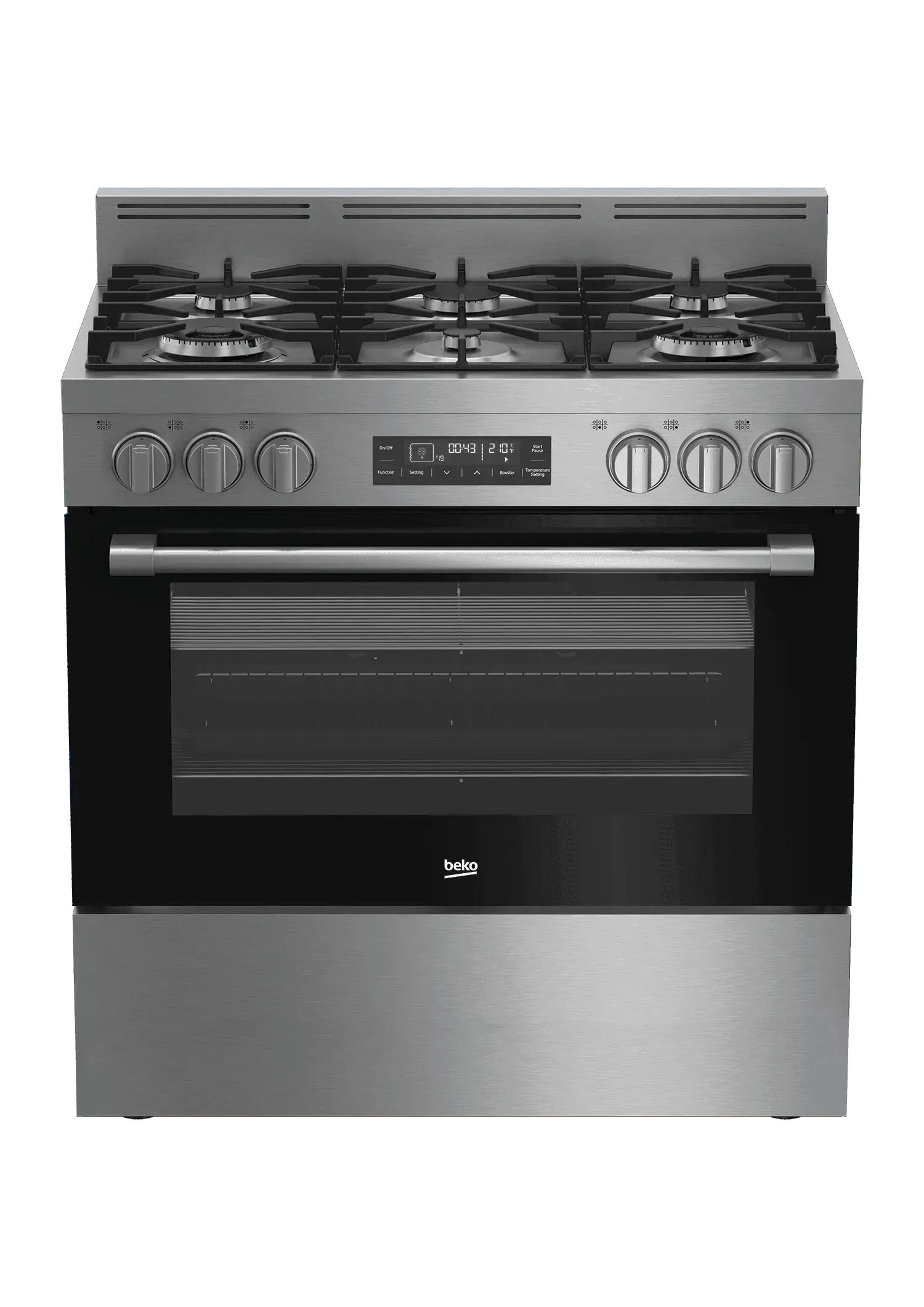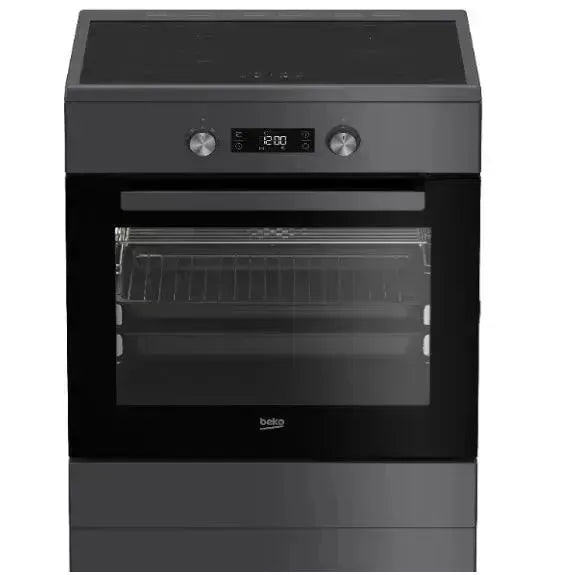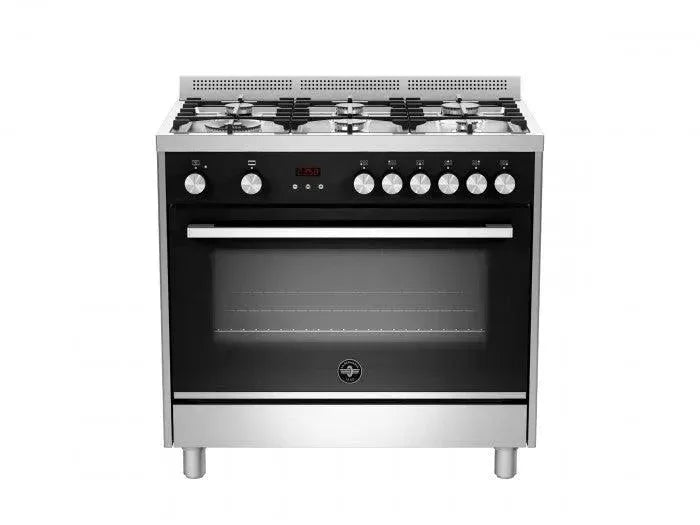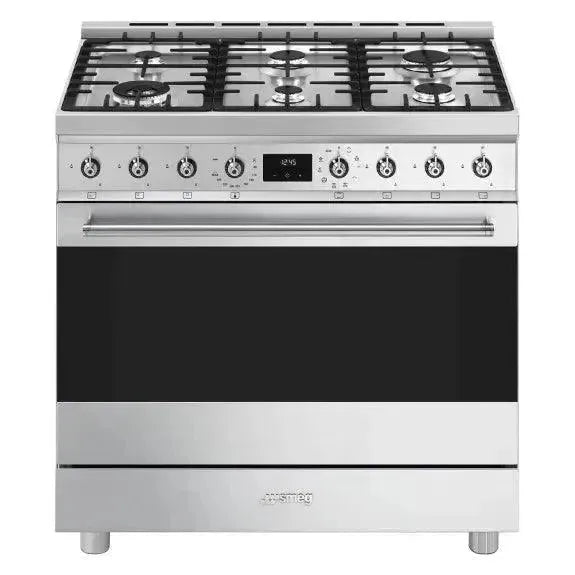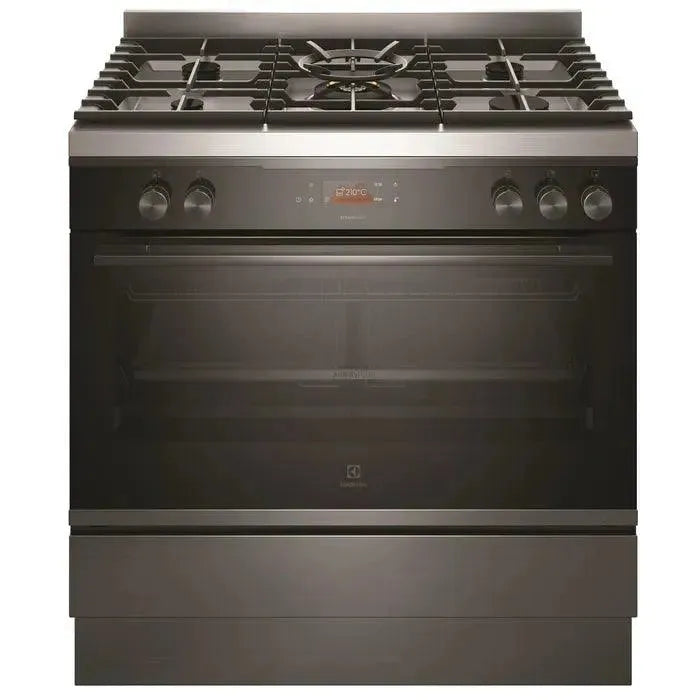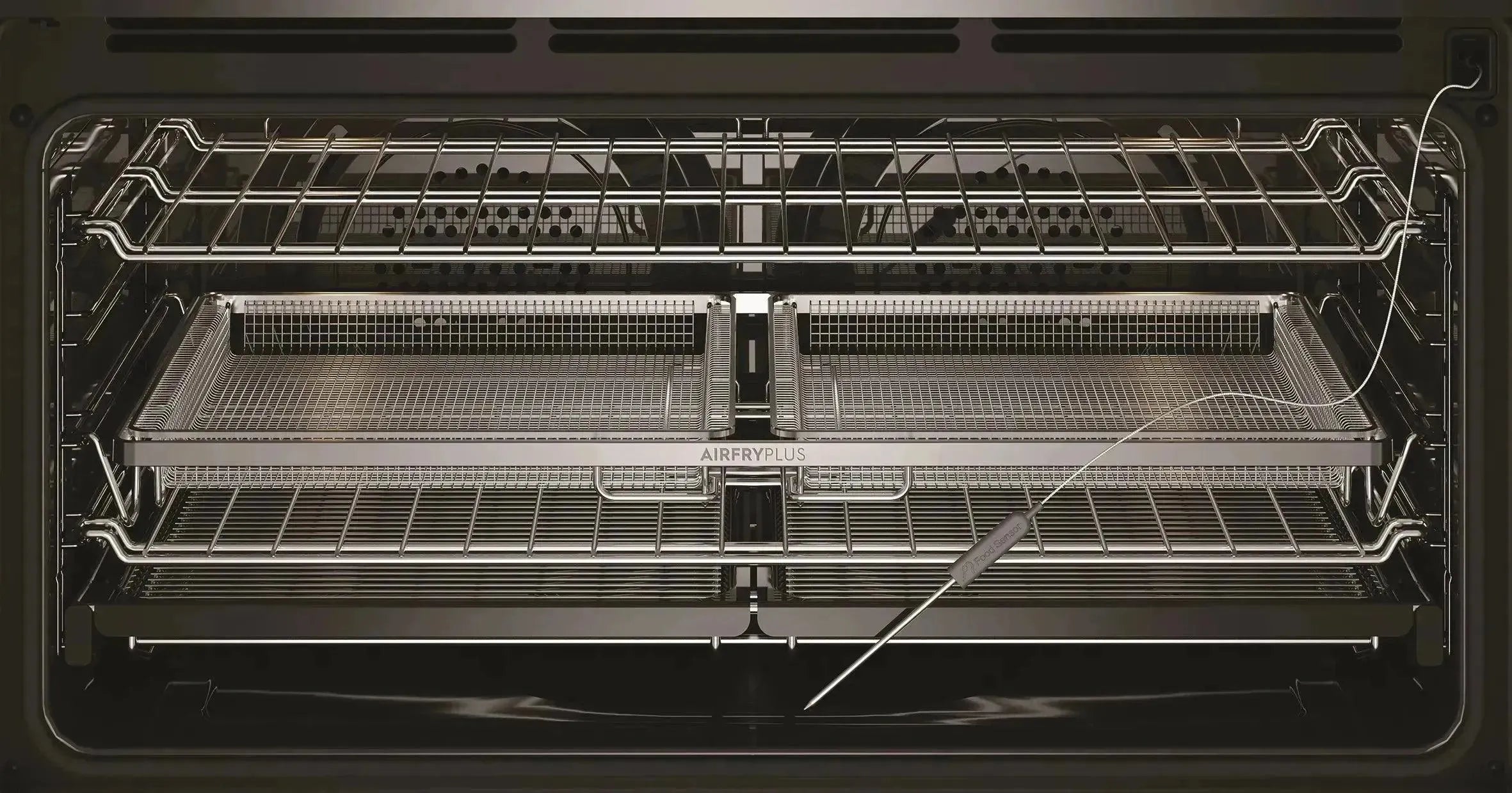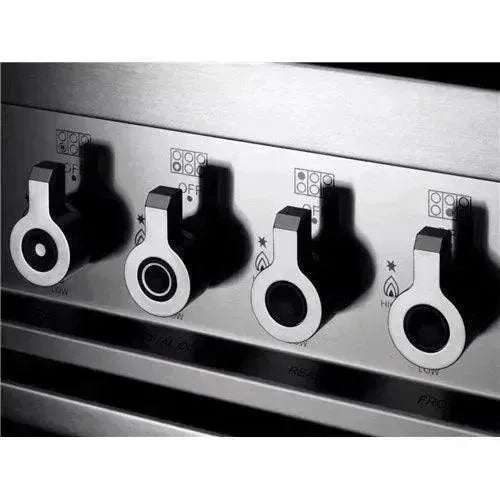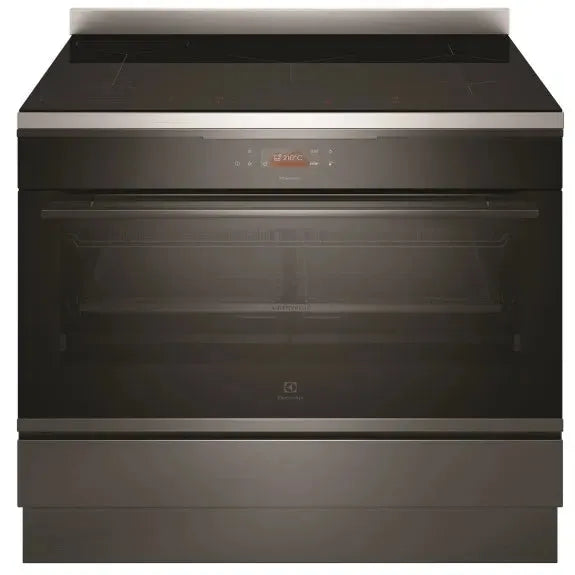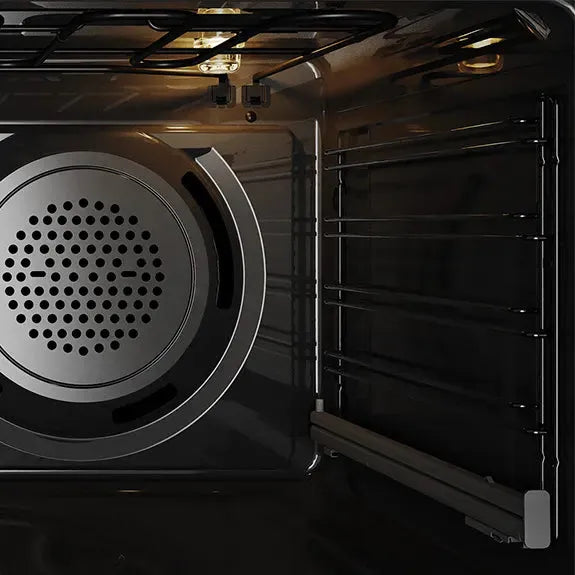
How to choose freestanding ovens
Everything you need to know about buying a freestanding ovens for your kitchen.
Freestanding ovens can be a real showstopper in your kitchen. Whether you're replacing an old unit or revamping your kitchen, you'll be sure to find the right style and width to fit into any space in your cabinetry.
What are freestanding ovens
A freestanding oven (also known as a stove, range or cooker) is an oven and cooktop combined into one standalone unit. They're available sizes from 54 cm upto 150 cm and any configuration. You can have electric oven, combined with a gas top or even consider an induction freestanding oven.
Freestanding ovens are suitable for large families and people who like to bake – the large internal space is their biggest selling point. The ability to simultaneously roast a tray of vegies and your chosen protein.
You can even throw in a dessert at Christmas time.
What you need to consider
While the size of the larger freestanding ovens may be appealing to some home cooks, it can also be a drawback. The shelves and baking trays are significantly wider than those of a standard oven and can be difficult to handle – particularly when loaded with hot food. Being so wide, consider that when selecting you're new sink.
The larger capacity of freestanding ovens also means preheat times can be longer than your typical built-in appliance.
In contrast with wall ovens, you'll need to bend down to access the baking trays in a freestanding oven.
Choose one that suits you're needs, if you don't like cleaning an oven, consider a pyrolytic cleaning function.
If you choose the gas cooktop option for your range, don't forget the heavy cast iron trivets and all the burner parts that need to be maintained.
There are now, numerous induction freestanding ovens on the market.
These are far more energy efficient and make cleaning easier.
What size do you need?
60 cm-wide models
These units are a common size and suit most kitchens. They typically have four cooking zones or burners, but only three out of four pots fit comfortably – there can be restricted access to some burners due to the smaller surface area. They either have a gas or electric oven that can include simple function settings, right up to all the multi-function settings you could possibly need.
90 cm-wide models
Also quite popular are the 90 cm multi-functional freestanding electric oven with an all-in-one combined grill and fashionable, commercial stainless steel or modern Black Steel look.
Or the old world charm of the enamel-coated traditional cookers available in an array of colours with old-fashioned fittings. They come in one-, two- or three-door ovens, usually with a separate grill, smaller main oven and a tall oven.
These ovens offer a blend of technology with aesthetics to suit the most modern or traditional kitchen. These ranges typically have either five or six hotplates/burners with the option of flexi zones or fish burners.
70–80 cm and 120–150 cm-wide models
These sizes are becoming more popular. The extra width of the largest models allows for more baking space in the oven and more cooktop surface so there's less crowding, with possibly five or six burner or cooking zone arrangements.
The 120 cm and 150 cm models usually have two ovens of different capacities and include extra cooking zones that allow for more versatility to accommodate char-grill plates, Teppanyaki and simmer plates.
Cooktop Options
Cooking zones / burners
Look for a layout that's well-spaced and includes a range of simmer, medium and large cooking zones/burners.
Simmer and wok burners should be at the front so you don't have to lean over other burners to stir a sauce or stir-fry.
When simmering foods that don't need frequent stirring, such as casseroles, you'd normally use a medium-sized burner; these are best positioned at the back.
Cookware
It should fit comfortably over the cooking zone and not restrict the use of the other zones. If you've chosen an induction cooktop, make sure the cookware is compatible.
Residual heat warning light for ceramic / induction cooktops
This is a useful safety mechanism that stays on until the cooktop has returned to a safe temperature.
Automatic switch-off
This is another useful safety mechanism. If a heat setting is not set for a cooking zone within a certain time after you turn on the cooktop, it will automatically switch itself off. This will also happen if a heat setting has been selected but no contact has been made with a pot on the element.
We hope this helps you select the right product for your new kitchen.
Check out some of our special offers here:
https://newtonshomeappliances.com.au/collections/freestanding-ovens
Or at Bertazzoni Appliances, one of our specialist partners:



